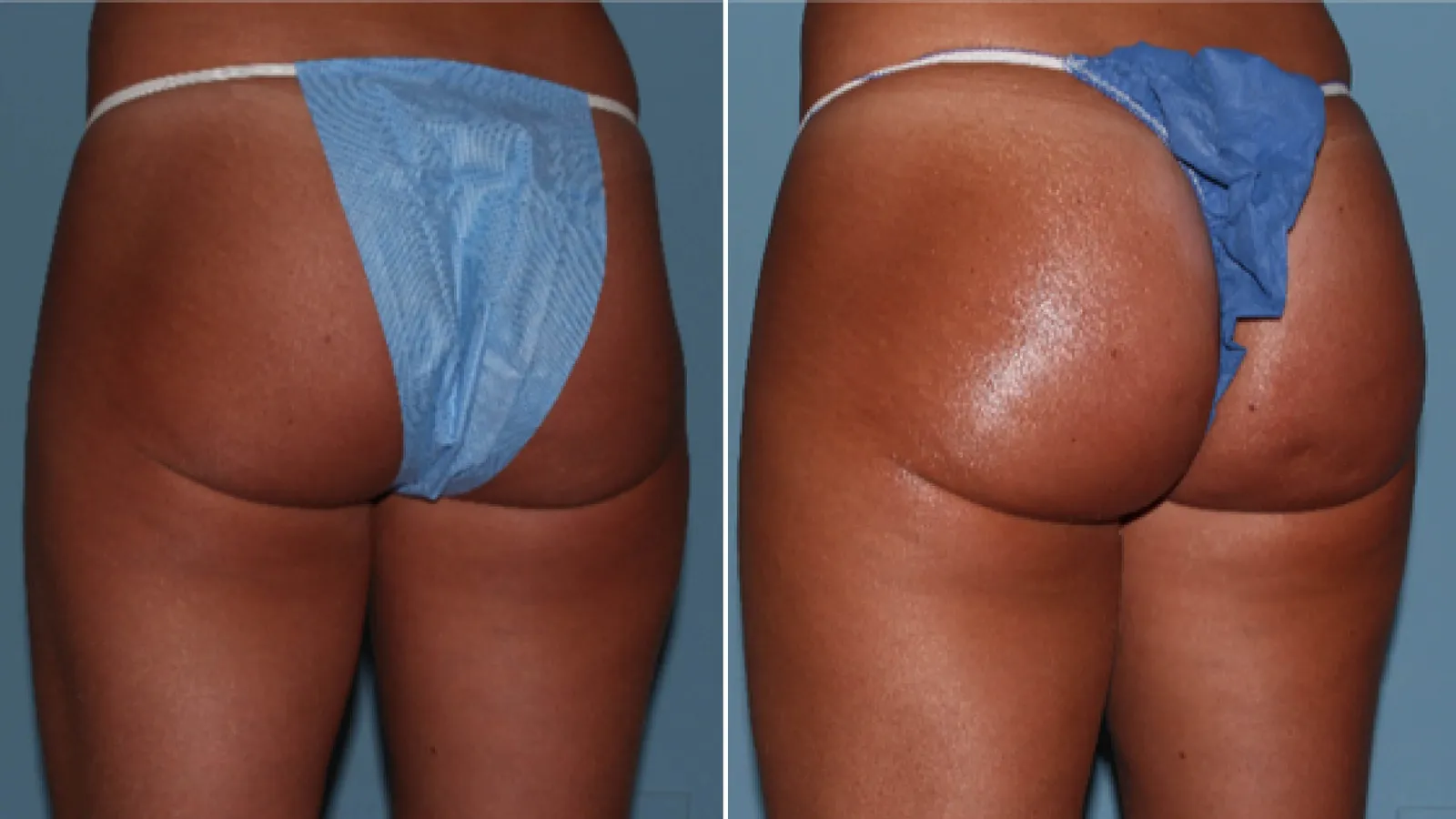
The pursuit of a more contoured and voluminous gluteal region through surgical enhancement, often involving autologous fat transfer (commonly referred to as a butt lift or BBL), is a procedure whose final result is intrinsically modulated by the biological clock. While the transfer of fat cells and the sculpting of surrounding areas might appear to be purely technical feats, the long-term aesthetic outcome and the overall experience of the patient are deeply intertwined with the inevitable, age-related changes occurring within the body’s tissues. The distinction between a younger patient’s recovery trajectory and the requirements for a successful procedure in an older candidate is substantial, requiring an approach that moves beyond simple volume addition to address the complex interplay of skin quality, cellular viability, and systemic health that shifts with advancing years. Understanding these nuances is crucial for both surgeons planning the intervention and patients forming realistic expectations about the longevity and appearance of their results.
…the final result is intrinsically modulated by the biological clock.
One of the most critical determinants of a successful buttock augmentation outcome is the inherent quality and responsiveness of the skin itself. Younger individuals, typically those in their twenties and early thirties, possess a greater abundance of collagen and elastin, the two proteins responsible for cutaneous structure, firmness, and, most importantly, elasticity. This superior skin elasticity allows the dermal envelope to adapt and contract much more effectively around the newly augmented volume, a factor that is vital for achieving the smooth, taut, and natural-looking contour that patients desire. As individuals age, the production of these foundational proteins progressively dwindles, resulting in progressive skin laxity that is neither uniform nor eternal, and this inevitable decline directly impacts the final appearance.
…This superior skin elasticity allows the dermal envelope to adapt and contract much more effectively around the newly augmented volume…
The biological environment for the survival of the transferred fat cells—a process known as fat graft integration—can be subtly influenced by age, although the exact mechanisms are complex and not fully delineated. In a butt lift procedure, a fraction of the injected fat is naturally resorbed by the body, typically ranging from 20 to 40 percent, but this rate of retention can be subject to individual physiological differences that correlate with age. While consistent, high-quality data isolating age as the sole variable for fat survival is challenging to produce, the overall tissue quality, microcirculation, and systemic inflammatory status, all of which tend to change with age, contribute to the milieu in which the fat graft must establish a new blood supply. A less optimal tissue environment in an older patient might potentially compromise the initial ‘take’ or the long-term viability of some adipocytes.
…A less optimal tissue environment in an older patient might potentially compromise the initial ‘take’ or the long-term viability of some adipocytes.
The healing process following any surgical intervention is a profound reflection of the body’s regenerative capacity, which invariably decelerates with advancing years. Younger patients often benefit from faster metabolism and more robust cellular regeneration, which translates into a smoother, less protracted recovery period where the resolution of swelling and bruising occurs more rapidly. In contrast, patients in their late forties and beyond may experience more persistent post-operative effects, requiring an extended period of adjustment before the final shape begins to fully emerge. Surgeons must account for this slower physiological response when providing post-operative guidance and setting timelines for the patient’s return to normal daily and strenuous activities.
…In contrast, patients in their late forties and beyond may experience more persistent post-operative effects, requiring an extended period of adjustment…
For patients presenting later in life, particularly those who have experienced significant weight fluctuations or gravity-induced tissue descent, the fat transfer-only approach, such as a traditional Brazilian Butt Lift, may prove inadequate to achieve an optimally lifted and youthful contour. For these individuals, the surgeon’s focus must often shift from purely augmenting volume to more complex re-draping and lifting of the existing skin envelope. This often necessitates combining fat grafting with a surgical buttock lift, which involves incisions, skin excision, and elevation of the deeper tissues—a technically different and more involved procedure that specifically addresses the ptosis or sagging caused by the loss of dermal integrity over time.
…This often necessitates combining fat grafting with a surgical buttock lift, which involves incisions, skin excision, and elevation of the deeper tissues…
The foundational motivation for seeking gluteal enhancement also tends to diverge between age groups, subtly influencing the surgical plan and the metrics for success. Younger patients frequently seek dramatic contouring and substantial volume addition to enhance a desired anatomical silhouette or create an exaggerated curvature. Older patients, conversely, are often focused on the restoration of lost volume and the correction of descent and deflation that has occurred through the natural process of chronological aging and the effects of hormonal shifts, such as those associated with menopause. This divergence in aesthetic goals requires the surgical strategy to be tailored, emphasizing volume restoration and lift in the older demographic, rather than solely aiming for maximal projection.
…Older patients, conversely, are often focused on the restoration of lost volume and the correction of descent and deflation that has occurred through the natural process of chronological aging…
An often-overlooked factor is the influence of age-associated systemic health status on complication rates. While gluteal fat grafting is generally safe, the risk of general surgical and anesthetic complications subtly increases with age due to a greater prevalence of pre-existing conditions like controlled hypertension or diabetes. Although these conditions do not automatically preclude surgery, they necessitate a more rigorous pre-operative screening and optimization process to mitigate potential risks. For instance, the circulatory changes in older patients, coupled with potential underlying health issues, demand a heightened awareness of post-operative deep vein thrombosis (DVT) and pulmonary fat embolism risk, mandating strict adherence to prophylactic measures.
…The risk of general surgical and anesthetic complications subtly increases with age due to a greater prevalence of pre-existing conditions…
The long-term durability of the enhanced contour is directly correlated with the starting point of the patient’s tissue quality. While the surviving fat cells from a butt lift are permanent and behave like native fat, the skin and underlying soft tissues continue to age. Therefore, the long-term visual integrity of the result—the maintenance of a ‘lifted’ and defined appearance—will inevitably degrade over time as the residual skin laxity increases. A younger patient with resilient skin will naturally enjoy a longer-lasting aesthetic result, whereas an older patient, already exhibiting skin laxity, may see the effects of their procedure diminish more quickly due to the progressive pull of gravity on less-elastic tissue, potentially requiring subsequent touch-ups or a secondary lift procedure.
…A younger patient with resilient skin will naturally enjoy a longer-lasting aesthetic result, whereas an older patient, already exhibiting skin laxity, may see the effects of their procedure diminish more quickly…
The successful outcome in any age group is ultimately dependent on the patient maintaining a stable, consistent weight following the procedure. However, age can introduce compounding factors that make this maintenance more challenging. Hormonal changes, particularly in women approaching or past menopause, often lead to a shift in fat distribution toward the abdominal area and away from the hips and thighs, potentially reducing the volume of the grafted fat in the gluteal region over time, even with a relatively stable total body weight. This physiological reality requires older patients to be particularly diligent about their diet and exercise to preserve the definition and volume achieved through the initial surgical intervention.
…This physiological reality requires older patients to be particularly diligent about their diet and exercise to preserve the definition and volume achieved through the initial surgical intervention.
Ultimately, the factor of age transforms the surgical consultation from a simple discussion of volume to a nuanced assessment of tissue biology, healing capacity, and a patient’s long-term physiological trajectory. Surgeons must conduct a thorough evaluation of skin tone, the extent of gluteal ptosis, and overall health to determine the most appropriate technique, which may range from a simple fat transfer for younger individuals to a combination of liposuction, fat grafting, and excisional lifting for older candidates, always ensuring that the patient’s final expectations are grounded in the realities of their own aging process.
Butt lift outcomes are critically governed by age-dependent skin elasticity, cellular integration, and systemic health, fundamentally shaping the surgical approach and long-term aesthetic durability.
